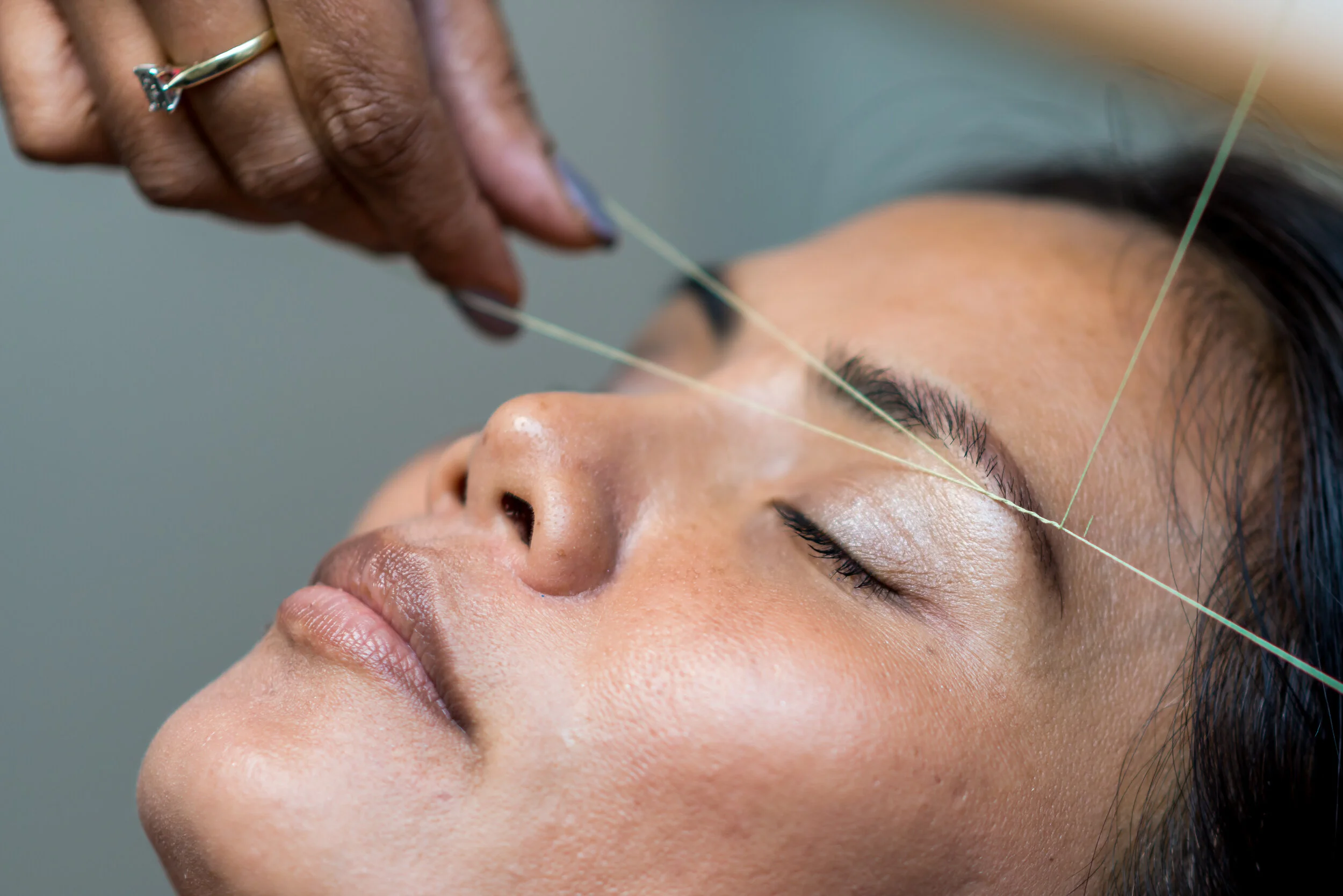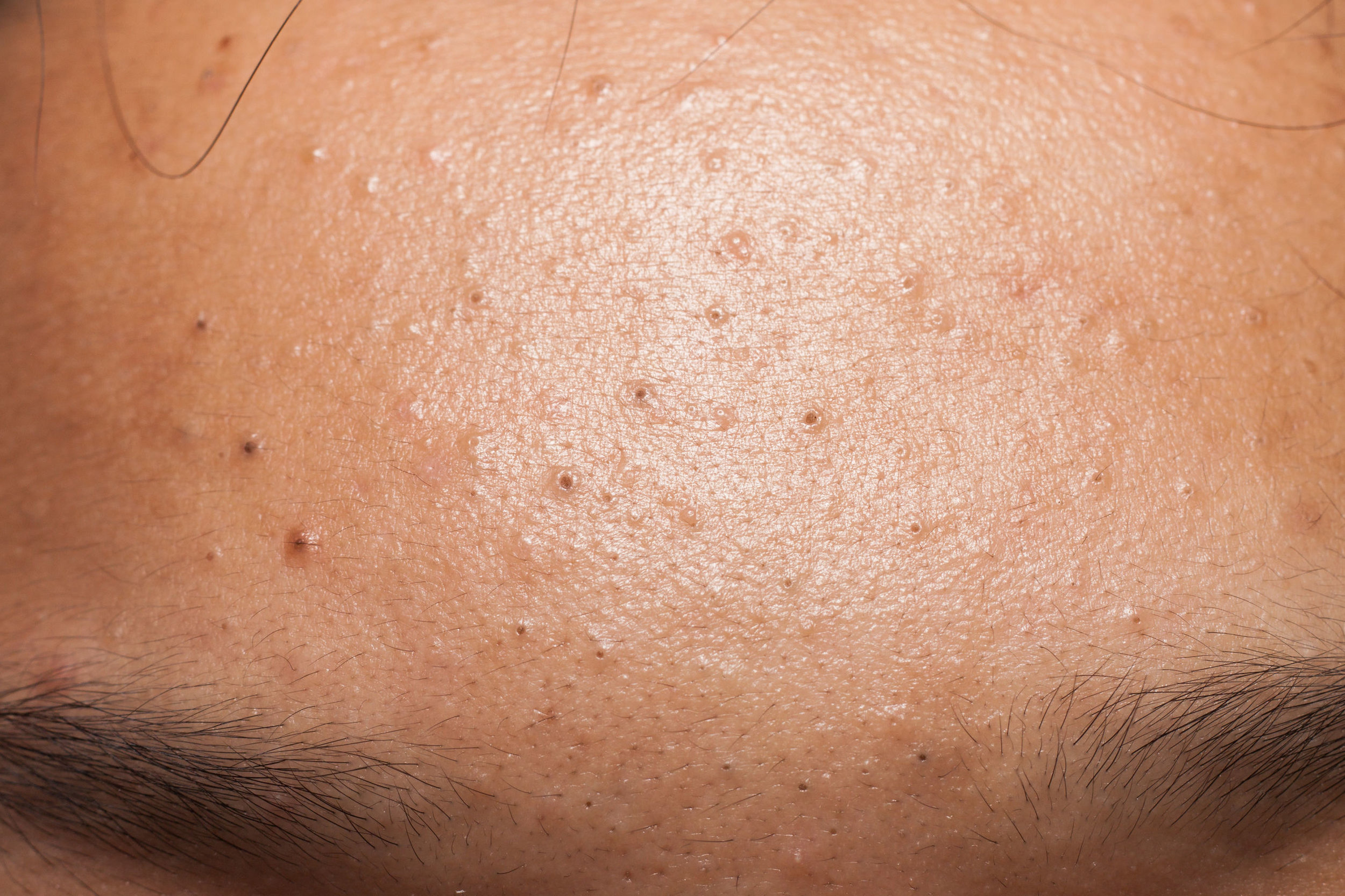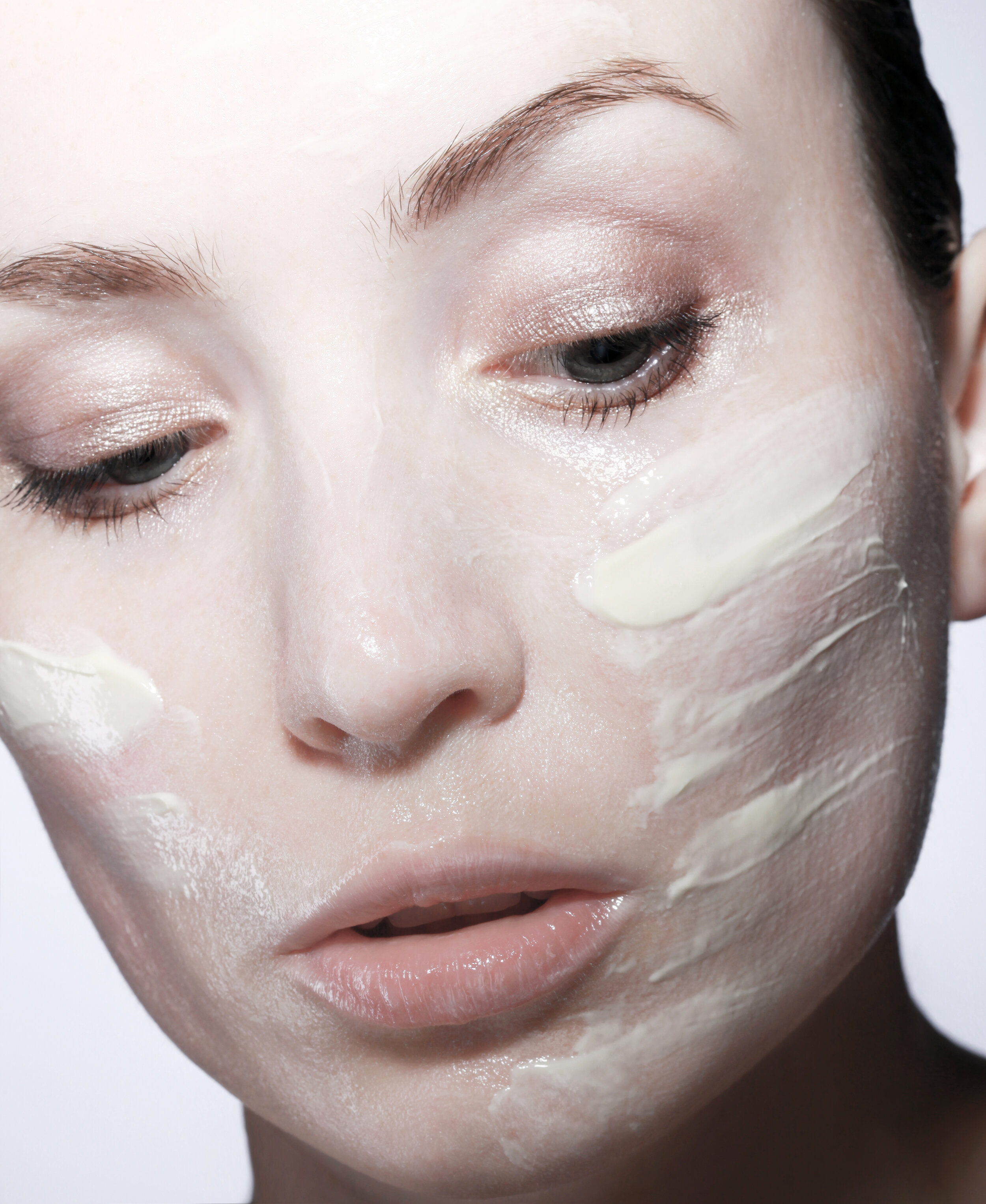Acne mechanica is a type of acne triggered by pressure, friction, occlusion, and heat on the skin. If you have Retention Hyperkeratosis, the genetic disease that causes acne, you have little acne “seeds” called microcomedones that get created in your skin due to an overproduction of skin cells and the inability to effectively expel them out of the follicles. These seeds are like fragile time bombs that when given a reason like stress, diet, or friction in the case of acne mechanica, can explode into full blown inflamed pimples.
There are many potential sources of acne mechanica
Hand leaning or touching
Picking, pressing, touching, poking pimples
Tight headbands
Sunglasses
Hats
Helmets straps
Sports gear like chin straps
Tight fitting clothes and bras
Backpacks or anything else that has straps
Playing an instrument that presses against the skin (like a violin)
Steam, saunas, hot climates
That is right. Saunas and steam are NOT good for acne.
This deserves it’s own post because it’s such a huge misconception. Check it out in my blog heat and steam are not actually good for acne.
Different acne triggers have different effects and acne mechanica is an inflammatory trigger
In my e-course, I talk about the different acne trigger categories and I divide all of the triggers into four pieces of a pie. Each category of triggers has a different effect on the acne process and a different delayed reaction time. Dairy is in the dietary trigger category and most dietary triggers contribute to oil production which contributes to seed growth. The delayed reaction time for dietary triggers is usually weeks to months so if you eat cheese, you likely won’t notice a visible breakout for months because it takes months for it to process through your body, contribute to seed formation, then move from the deeper layers of the follicle to the surface of the skin. The effect of acne mechanica, on the other hand, is inflammation inducing and the delayed reaction time is only seconds to days because the inflammatory response is quick. If you sprained your ankle, it would get red and swollen right away because the inflammatory response is our body’s way of healing and protecting us so it needs to be able to respond quickly. The same process happens when your acne becomes red, big, and swollen.
Is it acne mechanica or a comedogenic product or both?
Acne mechanica is a tricky thing because some of the things that come into contact with our skin can be a source of two different triggers: acne mechanica and comedogenic ingredients. So your really tight sports bra could be breaking you out from the friction it creates and/or it could be breaking you out because it is washed with comedogenic detergent. Your sunglasses might be breaking you out on the ridge of your nose because it’s causing pressure and/or it could be breaking you out because you clean it with a wipe or solution that contains a comedogenic ingredient. People usually think it’s bad to lean on their hands or touch their face because their hands are dirty but it’s the pressure and/or the hand lotion or hand soap they use that might contain a comedogenic ingredient that is clogging their follicles. “Dirtiness” in and of itself does not trigger acne so don’t worry too much about your workout clothes being dirty. Sure, dirty clothes don’t help but if you are using a comedogenic detergent then you are getting a fresh coat of pore-clogging ingredients on your workout clothes so you are more likely to break out from it being washed then from it being “dirty”. To make sure you are not breaking out from both acne mechanica and comedogenic ingredients, wash anything that makes direct contact with your skin (sunglasses, workout clothes, head bands, helmets, hats, hands, instruments) with an acne-friendly product. We have a bunch of recommendations on our Pinterest.
Cleaning or washing isn’t the solution
As I mentioned above, cleaning and washing can actually make acne mechanica worse if you are being exposed to a comedogenic ingredient. But I have seen a lot of tips to prevent acne mechanica mention that you should take a shower immediately after working out to prevent it. But just like dirtiness doesn’t trigger acne, sweat itself doesn’t cause acne either: sweat can simply increase the amount of friction or heat between your skin and whatever tight fitting clothing or gear you have on. So if sweat itself does not cause acne, washing it off after working out is not going to help because by the time you finish your workout the sweat has already contributed to the friction and heat. You should still take a shower because, well, it’s gross not to. I just want you to be educated about WHY you are taking a shower.
How to get rid of acne mechanica
Use common sense and avoid the sources of acne mechanica that are listed above. Wear loose, breathable cotton clothes when working out and under heavy gear to absorb sweat. Avoid steam, extreme heat, and saunas. Become conscious of when you might be leaning on your hands or touching your face. Unfortunately, it isn’t always possible or safe to avoid potential acne mechanica triggers. For example, you should not stop wearing a helmet if you play a contact sport or ride your bicycle. And if playing violin is your jam then I wouldn’t advise you to stop playing it. So eliminating or reducing your exposure to the triggers that are safe and possible is the first step. If that gets rid of your acne, great. For most us though, elimination or reduction might improve things but they won’t completely clear us because acne mechanica is usually a symptom of an underlying genetic condition (RH). So the second and most important step is to deal with the underlying cause of acne (in addition to managing the triggers) which is what the AES method aims to do. Once we deal with the underlying issue, we don’t need to avoid triggers like heat and friction because the skin is cleared from the inside out so there are no seeds to blow up and become inflamed in the first place.
You might also like…






































